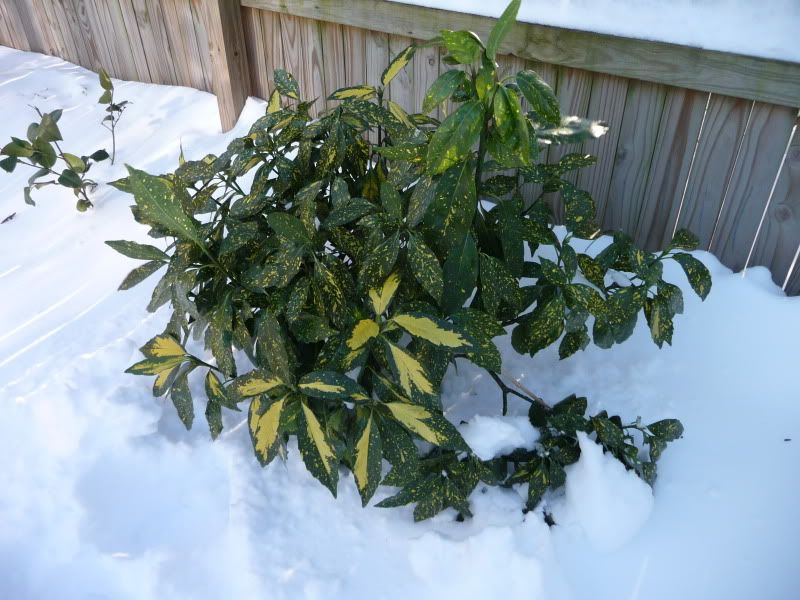RonDEZone7a
Active Member
- 93
- 02/07/09
- 4
- 28
Sounds like a real cold wave just hit Florida. I'm curious to know how far south the frosts went and if anyone was spared.
I've read a little about how people were protecting their croton plants in some of the posts here. I'm active on some of the other gardening boards and there's been some discussion about a new product called Freeze-Pruf that you can spray on your plants to protect them from several degrees of cold. I was wondering if anyone was aware of this product and were trying it. If it really works, it seems like it might be an easy protection method for situations where you need just a few degrees of protection - like protection against frost where the low temp is 28'F to 30'F. Here is the link:
http://www.liquidfence.com/FreezePruf.html
I am trying Freeze-Pruf on some of my more cold sensitive plants, that might rather be growing in a half-zone warmer (in my case Zone 7b) than my climate. Believe it or not, I have 2 species of palm in my Zone 7a Delaware backyard: Rhapidophyllum hystrix (Needle Palm) and Sabal minor (Dwarf Palmetto), as well as some hardier Gardenias. I have had most of these growing in my garden for several years and all will make it here though their foliage can be damaged by spring if completely unprotected. All have received Freeze-Pruf this winter because I didn't get any protection on them earlier - and some are getting too big to cover easily. So far so good, but of course winter isn't over yet up here!
Rhapidophyllum hystrix (Needle Palm) in my backyard - supposedly the hardiest palm, native from central Florida north to South Carolina and Mississippi:

Sabal minor (Dwarf Palmetto) - grows very slow up here! Native from Florida up to North Carolina:

One of my Aucuba japonicas - a cold hardy croton look-alike! Usually gets through my Zone 7 winters without a scratch. The leaves get shrivelly whenever it is below freezing - so you can tell how to dress in winter by looking at your Aucuba!

I've read a little about how people were protecting their croton plants in some of the posts here. I'm active on some of the other gardening boards and there's been some discussion about a new product called Freeze-Pruf that you can spray on your plants to protect them from several degrees of cold. I was wondering if anyone was aware of this product and were trying it. If it really works, it seems like it might be an easy protection method for situations where you need just a few degrees of protection - like protection against frost where the low temp is 28'F to 30'F. Here is the link:
http://www.liquidfence.com/FreezePruf.html
I am trying Freeze-Pruf on some of my more cold sensitive plants, that might rather be growing in a half-zone warmer (in my case Zone 7b) than my climate. Believe it or not, I have 2 species of palm in my Zone 7a Delaware backyard: Rhapidophyllum hystrix (Needle Palm) and Sabal minor (Dwarf Palmetto), as well as some hardier Gardenias. I have had most of these growing in my garden for several years and all will make it here though their foliage can be damaged by spring if completely unprotected. All have received Freeze-Pruf this winter because I didn't get any protection on them earlier - and some are getting too big to cover easily. So far so good, but of course winter isn't over yet up here!
Rhapidophyllum hystrix (Needle Palm) in my backyard - supposedly the hardiest palm, native from central Florida north to South Carolina and Mississippi:

Sabal minor (Dwarf Palmetto) - grows very slow up here! Native from Florida up to North Carolina:

One of my Aucuba japonicas - a cold hardy croton look-alike! Usually gets through my Zone 7 winters without a scratch. The leaves get shrivelly whenever it is below freezing - so you can tell how to dress in winter by looking at your Aucuba!







